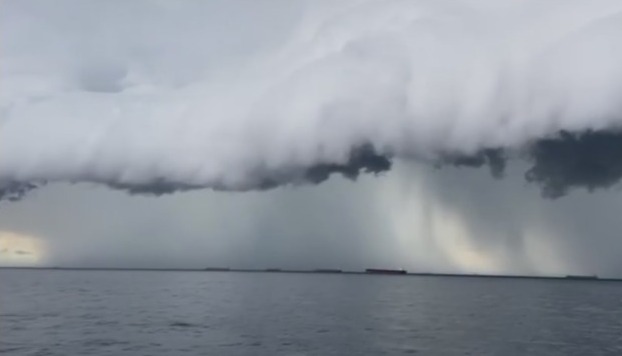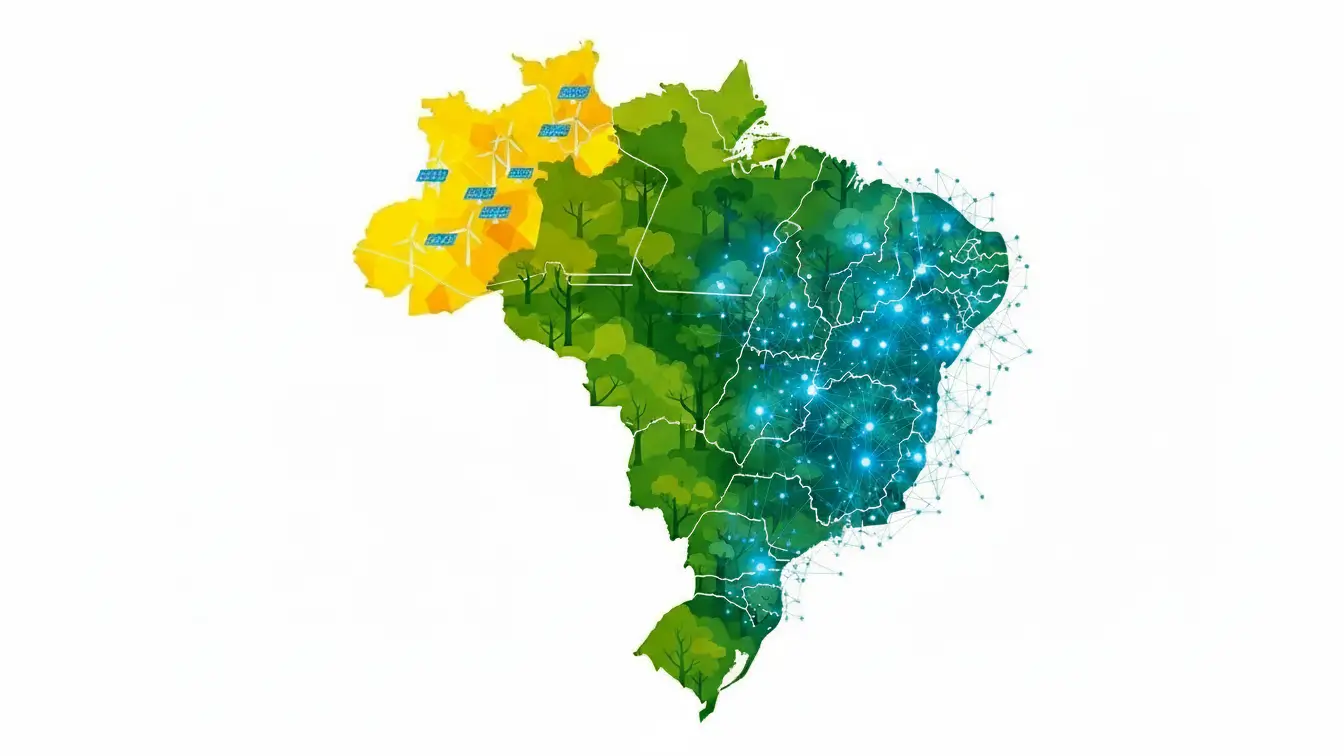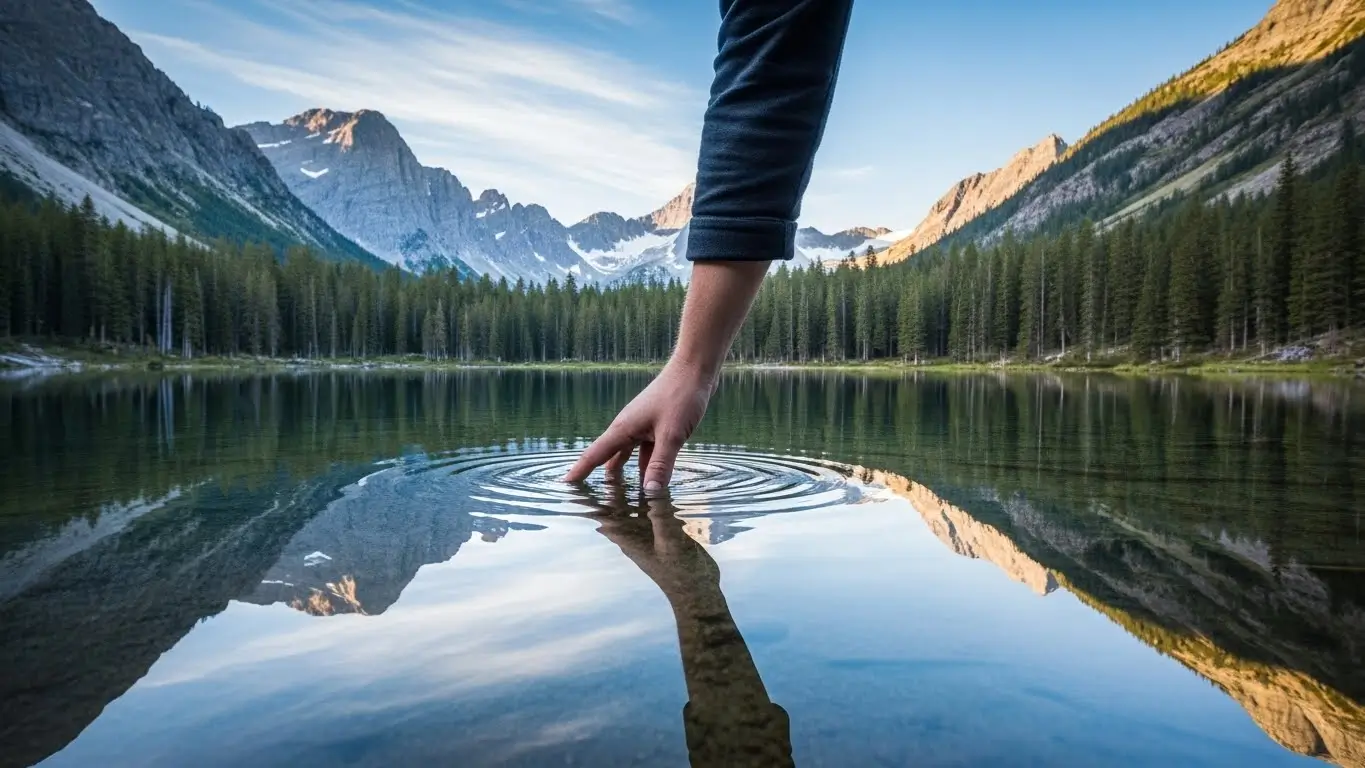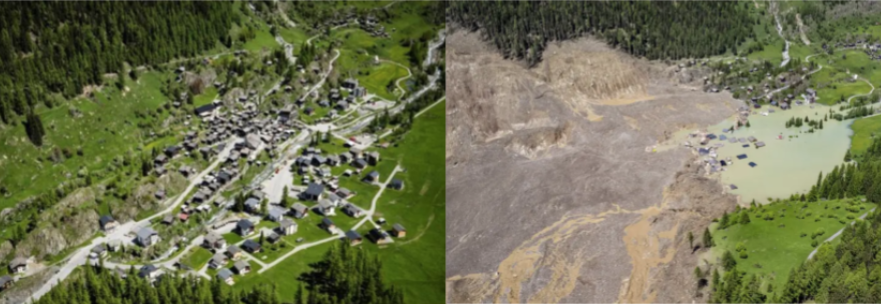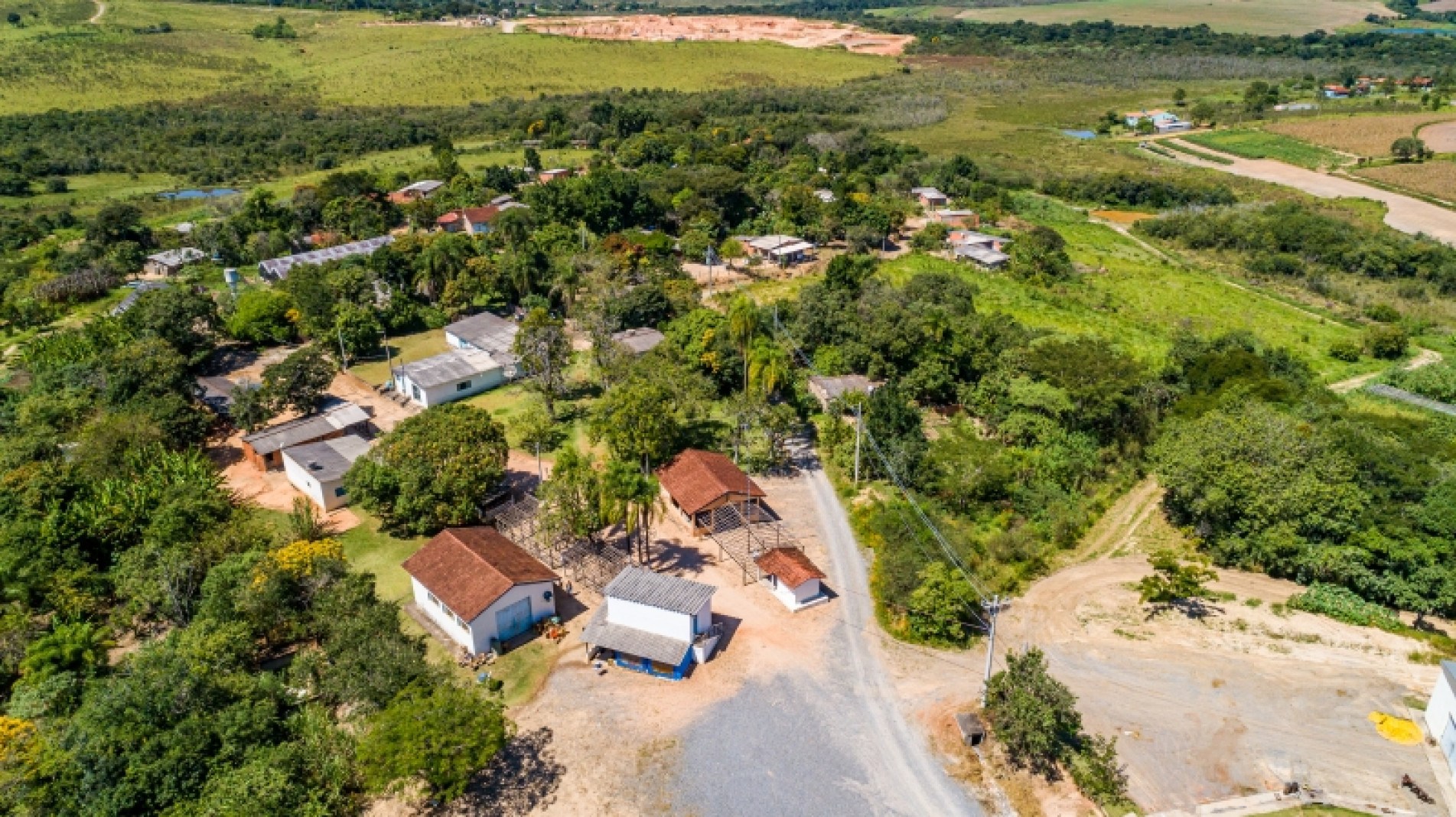Alice Wassall, Eduardo Assad, Giuliano Wassall and Leonor Assad
On February 19, 2023, Brazil dawned as in the song by Milton Nascimento:
American heart / I woke up from a strange dream / A taste, glass and cut / A taste of chocolate / In the body and in the city / A taste of life and death..
It was a Carnaval Sunday.
While in the city of São Paulo many revelers were returning tired from dancing and celebrating the first Carnaval after the Covid-19 pandemic, on the northern coast of the state the sunrise revealed the consequences of the heavy rains that fell in the early hours of the morning.
Between Saturday and Sunday, heavy rains in Caraguatatuba, Ilhabela, São Sebastião and Ubatuba destroyed houses and hillsides; blocked the Rio-Santos highway (BR-101), as well as many streets and alleys; dragged cars and mud; caused flooding, falling trees and power outages; made thousands of people homeless or displaced; and caused dozens of deaths. Intense rains also caused damage in Bertioga, Santos, São Vicente and Praia Grande, on São Paulo's Central Coast. Until this Monday (27), 65 deaths were registered, victims of omission, which according to Edu Lyra from the NGO Gerando Falcões, can be as destructive as the intention to kill.

Historically, in the month of February, it rains an average of 300 mm on the coast of São Paulo. However, data from Cemaden - the National Center for Monitoring and Alert of Natural Disasters - indicate that the rain that fell between Saturday and Sunday on the northern coast of São Paulo were the largest ever recorded in 24 hours in the history of Brazil. There were 683 mm in Bertioga, 627 mm in São Sebastião, 337 mm in Ilhabela, 335 mm in Ubatuba, 234 mm in Caraguatatuba, 232 mm in Santos, 209 mm in Praia Grande, and 194 mm in São Vicente. These are, therefore, extreme events. According to climatologist Carlos Nobre, we have to be prepared because the extreme events will repeat themselves.
It was a combination of factors that caused the tragedy in the North Coast:
- The warm ocean surface due to the temperature increase;
- A cold front coming from the south; a low pressure system;
- Winds;
- The blocking of the Serra do Mar to the passage of heavy clouds;
- The steep slopes of the local relief prone to landslides;
- And the constructions in Vila do Sahy, an irregular occupation with more than 640 properties, in an environmental preservation area and classified as a zone with high risk of landslides, which was known to the São Sebastião City Hall.
The tragedy in Barra do Sahy exposes one more of Brazil's inequalities: environmental racism.
High standard houses, averaging about R$ 2 million - or more if you are near the sand - were built with solid walls and often on stone slabs on two hills situated between the road and the nearby beach. Vila do Sahy is on the other side of the BR 101 and is occupied by low-income workers, employees of high-end homes and hotels in the region.
In Brazil there are many risk areas like Vila do Sahy.
A study developed by Cemaden, in partnership with IBGE and based on the 2010 census, indicated that Brazil had almost 28,000 risk areas in 825 municipalities. As the population and inequalities have increased - which is being evaluated in the 2022/2023 census - this number should be much higher. In November 2020, an inspection by the Public Ministry of São Paulo (MP-SP) indicated a risk of landslides in Vila Sahy and pointed out that the occupation of the hills was a tragedy foretold.
Brazil has scientific knowledge about climate change adaptation practices, and since 2016 has had a National Plan for Adaptation to Climate Change (PNA), prepared by the federal government in collaboration with civil society, the private sector, and state governments. In a interview with UOL Notícias, Environment Minister Marina Silva said that it is necessary to take Cemaden's data seriously and that it is necessary to change protocols of construction and master plans of cities in order to incorporate climate change that is on an irreversible scale. He adds:
"For every one real invested to prevent, we spend one hundred reals to rebuild"
In other words, insisting on the current model of economic development and expansion of cities is unproductive for society, without taking into account the interrupted lives that are impossible to measure the loss.
Natalie Unterstell, president of the Talanoa Institute, and Sergio Margulis, chief economist of the movement "Convergence for Brazil", point out, in an article published in Piauí Magazine, that no Brazilian city is prepared to face rains like the ones that recently occurred in the northern coast of São Paulo, or in the metropolitan region of Recife in May 2021, or in the South of Bahia in December 2021. And they add: "Urban Brazil continues to be built for a climate that no longer exists and will never exist again. ... The main victims of these disasters are poor, black, brown and indigenous people who live in urban areas."
Time and nature are relentless.
As a society, it is no longer possible to accept that tragedies like the one in the Northern Coast of São Paulo occur once again. Year in, year out, the news are the same. It is necessary to get out of this state of lethargy in which the death of people, especially the poor, is normalized, victims of everyone's ignorance of the contemporary challenges.
Climate literacy is urgent!
Only by becoming aware of the size of the climate problem will Brazilian society be able to define measures to mitigate and protect itself from extreme events like the one that devastated the northern coast of São Paulo.
Fauna Projetos relies on scientific knowledge and the experience of its staff and collaborators to develop projects and proposals that enable people to live in urban areas or in the countryside, producing and breeding in a sustainable way. Sustainability is a right for all, not a luxury for some.


